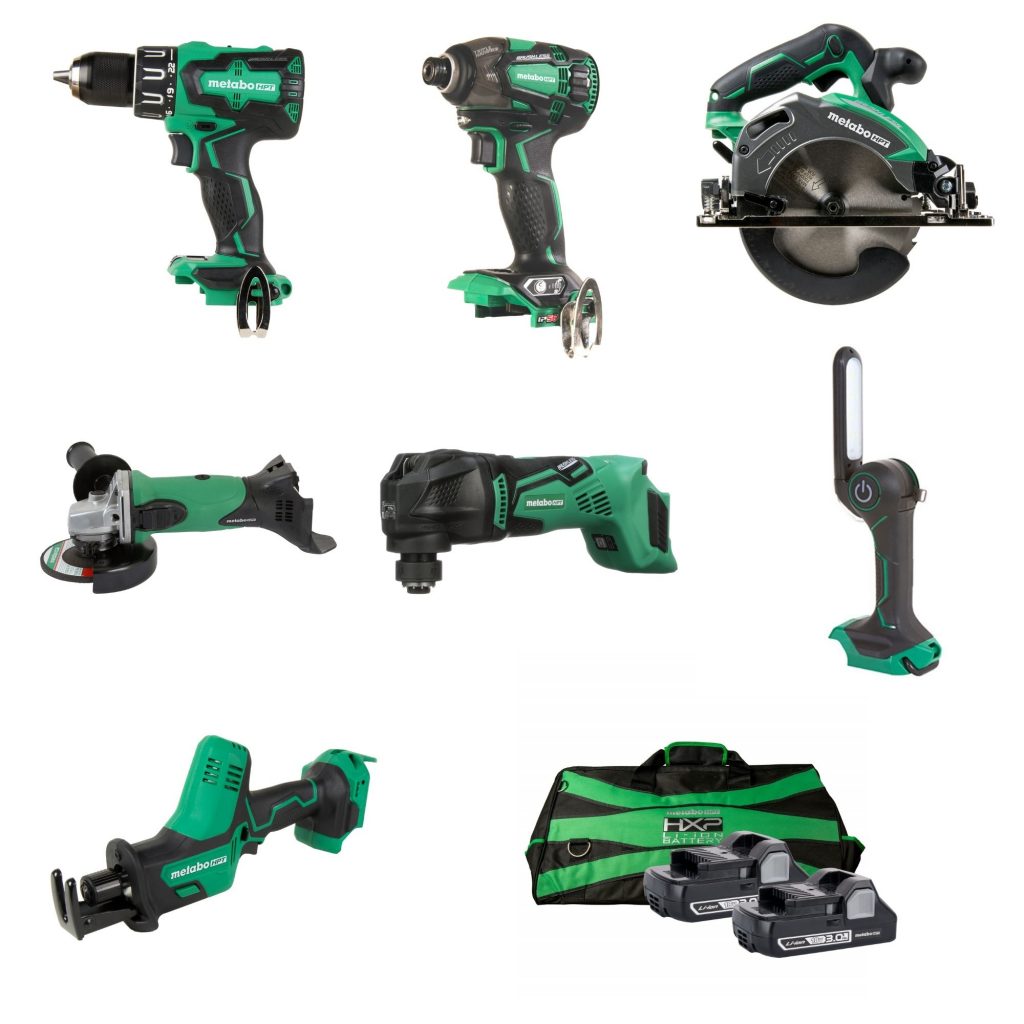
The Art of Organization: A Comprehensive Guide on Grouping Hand Tools
In the world of craftsmanship, hand tools are indispensable assets. They are the backbone of every project, from the simplest DIY task to the most complex construction job. However, the sheer variety of hand tools available can be overwhelming, making it crucial to understand how they are grouped for efficient use and storage. This article delves into the categorization of hand tools, providing a comprehensive guide to help you navigate the world of hand tools with ease.
Hand tools are typically grouped based on their function, design, and the industry they are used in. This systematic classification not only simplifies tool identification but also enhances tool management and safety.
- Function-Based Grouping
The most common method of grouping hand tools is by their function. This includes cutting tools (such as saws and chisels), driving tools (like screwdrivers and hammers), gripping tools (such as pliers and wrenches), measuring tools (like rulers and tape measures), and shaping tools (such as files and planes). This grouping method is particularly useful in large workshops where a wide variety of tasks are performed.
- Design-Based Grouping
Hand tools can also be grouped based on their design. This includes manual tools (like hammers and screwdrivers), power tools (such as drills and sanders), and pneumatic tools (like air hammers and impact wrenches). This classification is essential in workshops where different power sources are used.
- Industry-Based Grouping
Hand tools are also grouped according to the industry they are used in. For instance, woodworking tools (like saws and chisels), metalworking tools (such as files and drills), masonry tools (like trowels and chisels), and electrical tools (such as wire strippers and voltage testers). This grouping method is beneficial for professionals who specialize in a particular industry.
Understanding how hand tools are grouped is not just about organization; it's about efficiency, safety, and ultimately, craftsmanship. By grouping your tools correctly, you can streamline your workflow, reduce the risk of accidents, and enhance your productivity.
In the digital age, it's also worth noting the role of online platforms in tool classification. E-commerce websites and online tool catalogs often use these grouping methods to help customers find the tools they need quickly and easily.
In conclusion, the art of grouping hand tools is a skill that every craftsman should master. Whether you're a seasoned professional or a DIY enthusiast, understanding how your tools are categorized can make your work easier, safer, and more enjoyable.